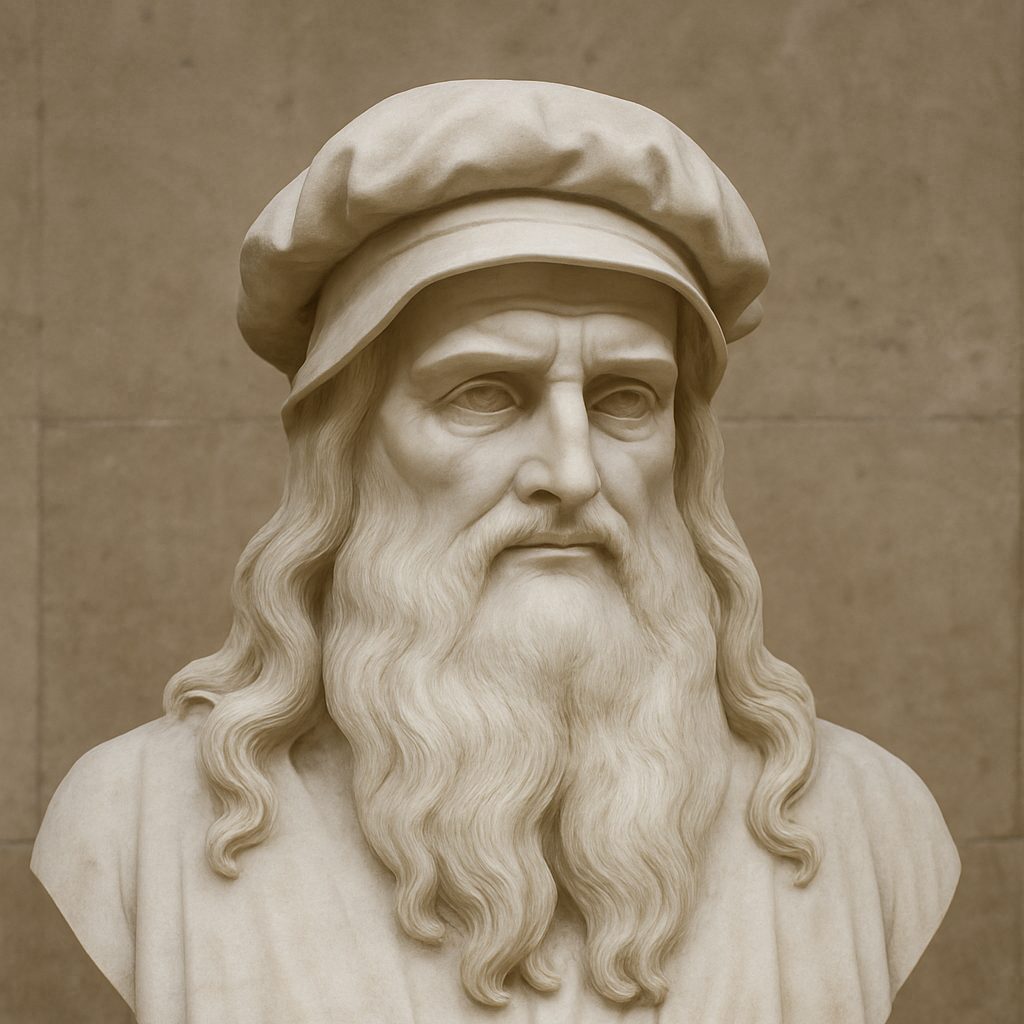Leonardo da Vinci, born on April 15, 1452, in Vinci, Italy, epitomizes the term “Renaissance Man” due to his multifaceted contributions to art, science, and technology. He was the illegitimate son of a notary, Piero da Vinci, and a peasant woman, Caterina. Despite his humble beginnings, Leonardo’s natural talent and curiosity led him to become one of the most influential figures of the Renaissance.
At the age of 15, Leonardo apprenticed with the renowned artist Andrea del Verrocchio in Florence, where he honed his skills in painting, sculpture, and technical arts. During this period, he absorbed a vast array of knowledge, which he later applied to his diverse projects. His keen observational skills and inventive mind allowed him to excel in various disciplines, including anatomy, engineering, mathematics, and optics.
Leonardo’s masterpieces, such as “The Last Supper” and “Mona Lisa,” demonstrate his exceptional ability to portray human emotion and utilize innovative techniques like sfumato and chiaroscuro. These works not only cemented his reputation as a leading artist of his time but also influenced countless future generations.
Leonardo’s notebooks, extending beyond his artistic endeavors, unveil his boundless curiosity and foresight through visionary concepts. Within these pages, he created sketches for innovative inventions such as the helicopter, parachute, and armored vehicle, demonstrating a profound grasp of mechanics and physics well in advance of these technologies’ actual development. His anatomical studies, grounded in painstaking dissections, made substantial contributions to the comprehension of human anatomy, significantly enhancing the knowledge of the human body’s structure and function.
The influence of Leonardo da Vinci reaches far beyond his own era, as he established the benchmark for the Renaissance ideal of a well-rounded individual. His tireless quest for knowledge, coupled with the seamless blending of art and science, served as a catalyst for the intellectual and cultural flourishing that defined the period. In contemporary times, Leonardo da Vinci continues to be a powerful emblem of creativity and innovation, embodying the lasting spirit and essence of the Renaissance.

